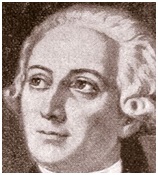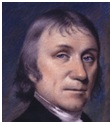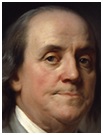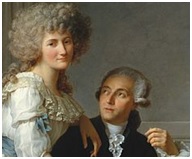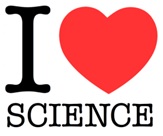|
 |
|
 |
|
|
||
Antoine Lavoisier - Creativity and Science
Antoine Lavoisier (1743-1794)
French chemist (pictured right). The founder of modern chemistry Guillotined during the French Revolution.
His most famous book is... Essays Physical and Chemical (1774).
Why was he so creative? 1. Revolutionary He revolutionized chemistry (like Isaac Newton , pictured right, did in physics) by:
a) discovering elements and compounds He was the first person to identify them and measure them precisely.
b) disproving the theory of phlogiston (the basis of chemistry for 23 centuries). This said that materials become lighter when burned in air But Lavoisier proved they become heavier through combustion (i.e. their combination with oxygen). Their extra weight is the weight of the oxygen plus that of the burning material. c) precise measurement This gave him the edge over the English chemist, Joseph Priestley (pictured right), who:
2. Learning from other scientists He learnt a lot from Joseph Priestley, but there was intense rivalry and even hatred between them, particularly after Lavoisier claimed to have discovered oxygen first! Priestly emigrated to America and became a friend of:
3. Perfectionism He was obsessed with the accuracy and excellence of his work.
4. Passionate about chemistry Chemistry was his hobby, not his career. Lavoisier
The judge’s famous reply was: “The revolution does not need scientists”. 5. Love His wife, Maria (pictured right together in Jacques-Louis David's painting) , was:
6. Hard work Before work, he got up at six to spend two hours on his experiments He worked for another three hours when he got home.
7. Experiments and observation His knowledge increased from his endless experiments, like his proofs that:
He always made a hypothesis first and then tried to prove it through:
8. Purpose His work aimed to improve people’s lives by increasing scientific knowledge. In his last letter, he said that science and his family made him happier than anything else. “I trust my passing will be remembered with some regret and perhaps some honour”, he wrote just before his execution.
We must trust to nothing but the facts. We ought...never to search for truth but by the natural road of experiment and observation. |
|
|
||
|
|
||
| Copyright © wisdomtowin.com 2025 All Rights Reserved | ||
|


